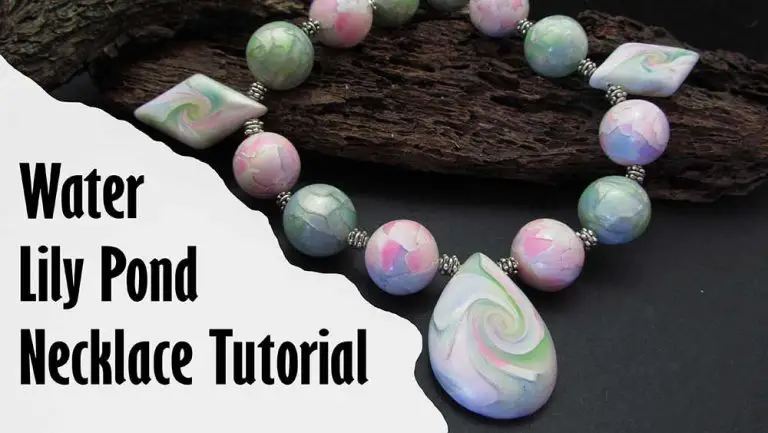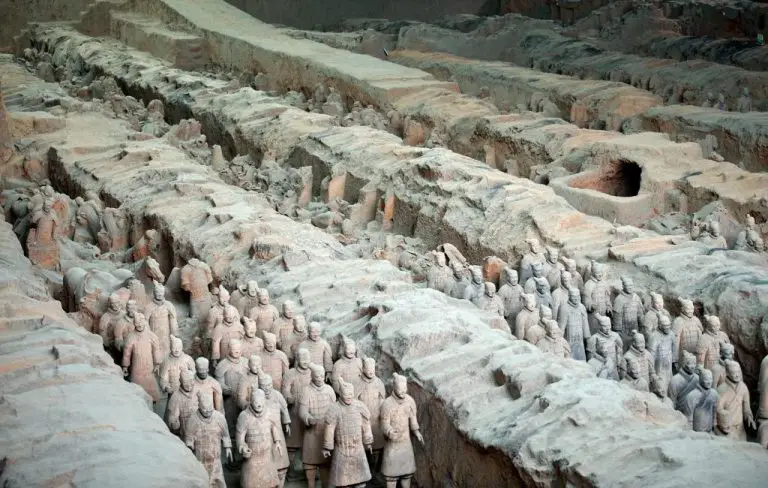Does Air Dry Clay Dry Faster In Heat Or Cold?
Air dry clay, also known as modeling clay, is a popular choice for arts and crafts projects thanks to its versatility and ease of use. Unlike other clays that require firing in a kiln, air dry clay hardens naturally at room temperature through evaporation.
Air dry clay is made from a mixture of water, clay, and a hardening agent or filler which allows the clay to firm up when the moisture evaporates over time. The most common hardening agent used is plaster of Paris. When the clay is exposed to air, the water in the mixture slowly evaporates, leaving the hard filler behind with the clay which forms a solid structure.
The clay can be molded or shaped when wet, and will gradually harden into a permanent form once dried. This makes it a great option for creating decorative items, jewelry, small sculptures and more without needing a kiln. It is an accessible modeling material for crafters and artists of all skill levels.
Sources:
Drying Process
Clay dries through a process called evaporation. When wet clay is exposed to air, the water molecules on the surface absorb energy from the surrounding air and change from liquid to gas or vapor, allowing the water to escape into the air. This evaporation continues drawing water up from inside the clay until the piece has dried completely.
The key factors that affect the evaporation rate and drying speed are air temperature, air circulation, humidity, the clay’s thickness, and the clay’s composition. Warmer temperatures provide more energy to turn the water into vapor. Increased air circulation brings more dry air in contact with the wet clay to absorb the evaporated water. Lower humidity means the air can absorb more water vapor before becoming saturated. Thinner pieces have less distance for the water to travel to reach the surface. Less porous clays hold onto water more tightly.
The evaporation process causes shrinkage as the clay loses water and contracts. Drying too quickly can create internal stresses in the clay leading to cracks. Slow, even drying helps minimize cracks and warping.
Sources:
https://mhi-inc.com/documents/DryngwithSteambyMCConnelly.pdf
https://cdnsciencepub.com/doi/full/10.1139/cgj-2017-0061
Effect of Heat
Heat dramatically increases the rate of drying for air dry clay. This is because heat provides energy that accelerates the process of evaporation, which is the primary way that water leaves air dry clay as it dries. More heat energy causes the water molecules to move and vibrate faster, making them more likely to break free of the clay and transition from liquid to gas or vapor state. This evaporation process allows the water to escape into the surrounding air, drying out the clay.
Studies have shown that faster evaporation occurs at higher temperatures, while lower temperatures result in slower evaporation rates. As cited in one study, “More heat speeds evaporation while less heat slows the evaporation process” (source). The optimal temperature for fast drying is around 70-90°F. Exposing air dry clay to a heat source like a lamp or placing it in a sunny window seals can significantly decrease drying time.
Effect of Cold
Cold weather can slow the drying process of air dry clay. In cold temperatures, the evaporation rate decreases. As this book explains, cold air cannot hold as much moisture as warmer air. This means water evaporates from the clay more slowly. The drying time is prolonged because less moisture leaves the clay per hour in cold conditions.
Additionally, cold temperatures make clay stiff and inflexible. This can lead to cracking as the moisture inside tries to escape. Cold weather limits the movement of water vapor, resulting in uneven drying and potential cracking or breakage.
While cold may seem like it should aid drying since no moisture condenses on the surface, it actually extends the drying time. The reduced capacity of cold air to absorb evaporated moisture from the clay slows down the rate of moisture loss. Therefore, cold temperatures are not optimal for quick drying of air dry clay. Gentle warmth will speed up the evaporation process.
Optimal Drying Temperature
When it comes to drying air dry clay, temperature is a key factor that determines the drying time. Setting the right temperature can help the clay dry faster without cracking or warping.
The ideal temperature range for drying air dry clay is typically between 200-250°F (93-121°C). According to Sculpey, baking the clay at 200°F is optimal for even drying without cracks [1]. Higher temperatures can cause the outer surface to dry too quickly before the inner moisture has evaporated, leading to cracks and breakage. Temperatures lower than 200°F will slow down the drying considerably.
When using an oven, it’s advisable to start with a cold oven and allow it to preheat to the target temperature with the clay inside. Putting the clay directly into a hot oven can shock and crack it. Maintaining a steady, consistent temperature in the ideal range results in smooth, crack-free drying of air dry clay.
Tips for Faster Drying
There are several techniques you can use to speed up the drying time for air dry clay:
- Use a dehumidifier or fan to circulate air around the clay. The constant airflow will help pull moisture away from the surface. Just make sure the fan isn’t blowing directly on the clay, which could cause cracking (Dehumidifiers remove the moisture from the surrounding environment, drying your sculptures quickly and safely). [1]
- Place the clay in an area with plenty of sunlight. The heat and UV rays will help accelerate drying. Rotate pieces periodically for even drying.
- Use a hair dryer on a low setting to gently warm the clay. Keep it moving constantly so no single area gets too hot. Start at least 6 inches away and move closer as it dries.
- Bake the clay in an oven on the lowest temperature setting (around 200°F). Check it frequently and remove when hardened to prevent overheating. This works best for thin pieces.
- Cut larger pieces into smaller sections. More surface area exposed means moisture can evaporate faster.

The key is regulating temperature and airflow around the clay. Go slowly, and avoid excessive heat on any one spot. Patience will reward you with sturdy, crack-free results.
Preventing Cracks
One of the biggest challenges when working with air dry clay is preventing cracks from forming as it dries. Cracks happen when some areas of the clay lose moisture faster than others, causing uneven shrinkage. There are several tips to follow to help avoid cracks:
Keep the clay moist and the moisture even throughout the piece. Adding a little water if needed as you work can help prevent dried out areas that are prone to cracks. Work in sections and moisten areas that start to dry out faster. According to Delineate Your Dwelling, equal moisture content is key.
Avoid thick and thin areas next to each other, as the thinner parts will dry faster leading to cracks. Build up thinner areas gradually. Also avoid excessive handling or smoothing of one area, which can remove moisture.
Add bulk by inserting solid materials like foil or plastic balls when building a hollow form. The inserts support the thin shell as it dries. Allow proper drying time and don’t rush. Letting the moisture evaporate slowly leads to even shrinkage.
Lastly, if cracks do happen, they can often be fixed by moistening the area and filling in with fresh clay, smoothed flush with the surface.
Storing Unfinished Pieces
Proper storage is important for preserving works-in-progress made with air dry clay. The key is preventing the clay from drying out before the sculpture is complete. According to this source, plastic wrap is commonly used to keep air dry clay moist when a project needs to be paused. The plastic wrap can be easily wrapped around the unfinished piece to create a barrier against drying. Storing the wrapped clay at room temperature away from direct heat or sunlight will further slow the drying process.
In addition, as recommended by this article, it’s ideal to keep air dry clay works-in-progress in an airtight plastic container or bag. This protects the clay from drying out. Avoid storing unfinished pieces in environments that are too cold or too warm. Room temperature storage helps keep the clay malleable until the artist is ready to resume working.
Conclusion
In summary, air dry clay dries fastest at room temperature of around 70°F. Higher temperatures cause the exterior to dry rapidly, resulting in cracks and fissures. Lower temperatures slow the evaporation of the water, extending total drying time. The optimal approach is to work in a room temperature environment while rotating the piece to promote even drying throughout. With proper storage and care while drying, air dry clay provides an accessible, moldable medium for artists and hobbyists.
References
Etsy. (2022). Let’s Get Technical: Tips for Making Air Dry Clay Dry Faster. https://www.etsy.com/seller-handbook/article/lets-get-technical-tips-for-making-air/39146940398
Michaels. (2022). Air-Dry Clay FAQ. https://www.michaels.com/airdryclay/faq
Sculpey. (2022). Baking and Curing Sculpey Oven Bake Clay FAQs. https://www.sculpey.com/faq/baking-curing-sculpey-oven-bake-clay-faqs





